Time to fall in love with carbon
What if the terrifying challenge of removing CO2 was the greatest creative catalyst of our time?
I love Adam Morgan’s books and one in particular, A Beautiful Constraint. In the book Adam tells stories about how by embracing your constraints actually forces creativity and liberates your thinking.
If you really want to make breakthroughs you need a kind of ‘good’ friction, the grit in the oyster that makes the pearl as it were.
Today carbon dioxide is the enemy. It’s the friction in every part of life, every industrial process, every business model, everything you eat, drink, wear and drive.
Quite understandably CO2 feels like a big obstacle, a wicked problem that might just be too hard to solve.
You know CO2 is a greenhouse gas. This means that it causes an effect like the glass in a greenhouse, trapping heat and warming up the inside.
We want to remove it, reduce it, replace it, sequester it by absorbing it into ground-up rocks, into the sea or put it back under the surface where it came from.
Heads are being scratched right across the planet in every industry, as people wrestle with how to reduce or replace CO2 emissions not just in their energy sources but as the precursor ‘platform chemical’ in the production of so many household goods, from washing powder, to foam mattresses, clothes to chewing gum (yep, petroleum-based polymers, eugghh).
Carbon is the enemy
Carbon is the enemy; the impassive, irresistible and seemingly irreplaceable element that threatens to topple civilisation as we know it.
It totally blows my mind that CO2 makes up only about 0.04% of the total atmosphere (nitrogen comprises 70% and oxygen 21%) and yet even the small shifts we’ve caused threaten to flip lives into chaos.
CO2 makes up only 0.04% of the atmosphere
Of course in the right concentrations Carbon Dioxide has life giving properties. Plants take in – or 'fix' – carbon dioxide from the atmosphere during photosynthesis. Some of the carbon is used for growth and some of it is used in respiration, where the plant breaks down sugars to get energy. So it’s not all bad, if you’re a tree.
In what other ways might carbon dioxide be a force for good?
What if we looked on carbon dioxide as a ‘gift’?
What if we saw CO2 as something beautiful - a beautiful constraint - that would unlock a new era of creativity and invention?
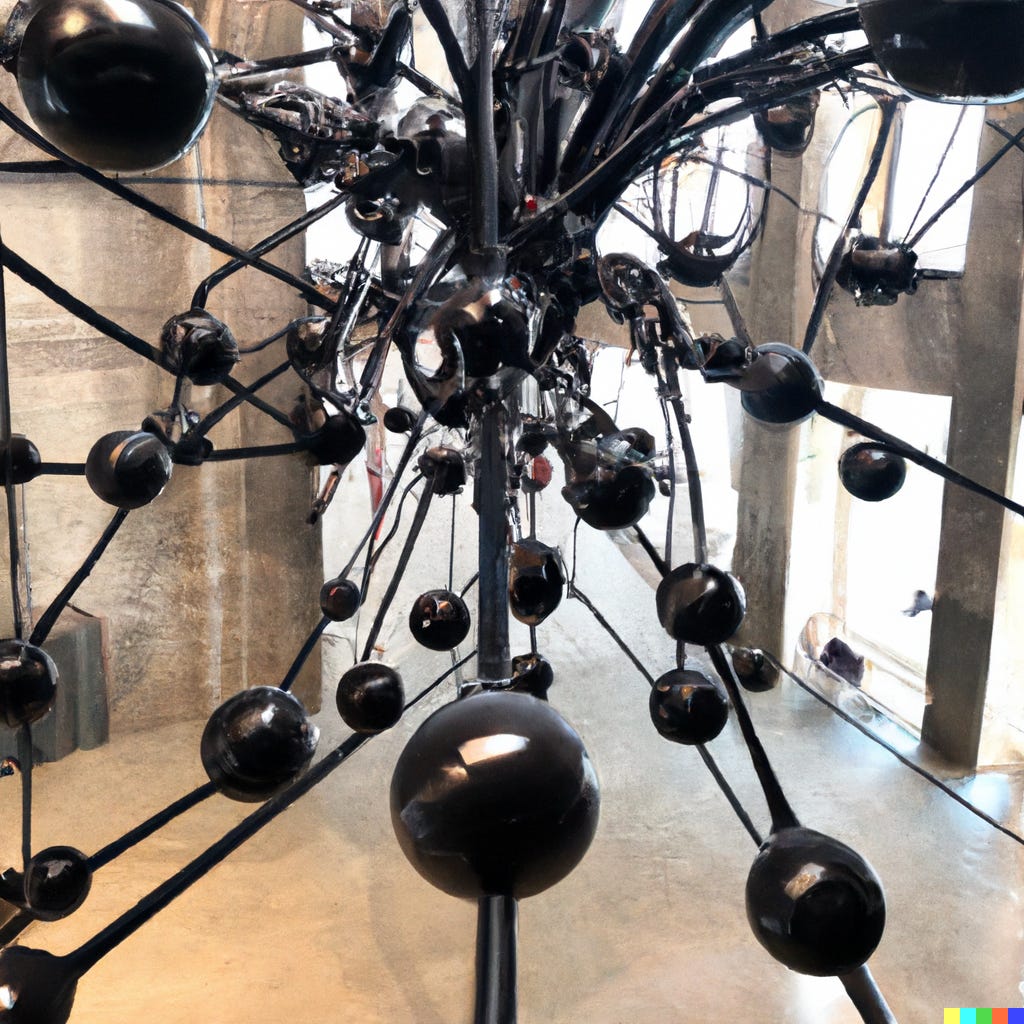
Last week I had the pleasure to spend a day with a roomful of science PhDs, in a workshop on greenhouse gas reduction. These were the chief R&D and Science & Technology officers of one of the world’s leading consumer goods companies.
These guys are at the forefront of the green transition - at the hard end of trying to reduce carbon emissions on a giant scale for low priced products that play an essential role in everyday life.
We’re not talking luxuries or chewing gum, we’re talking necessities. In some instances they’d already managed to reduce CO2 emissions by more 50% in the last decade alone and were pushing for more.
What drives these people to innovate? Historically, it has been in pursuit of cost reduction, the urge to develop ‘new and improved’ claims, the threat of opposite numbers in rival firms coming up with a breakthrough first.
But now there’s a more urgent and more powerful force driving them on. One of them observed in our conversation that ‘You know, carbon is an amazing catalyst for innovation’.
‘Carbon is an amazing catalyst for innovation’.
It really is a beautiful constraint because it is really hard to deal with, it is emitted at all stages of a product lifecycle - from manufacture to distribution, usage, end of life and back again.
Carbon is directly or indirectly at the root of so many aspects of our lives, that to think around it, to substitute and reduce it, you really need to bend you mind in unfamiliar ways.
Carbon is an amazing catalyst for innovation
In that sense, Carbon is like the teacher that pushed you to achieve more than you thought possible, the record producer who brings out the very best in the artist, the muse that inspires to a breakthrough.
That’s why the pictures in this post are all images of carbon dioxide molecules through the (AI) eyes of famous artists.
What if Carbon was actually something beautiful - a beautiful constraint?
What does all this mean to business leaders?
Looking ahead, as a leader you either embrace the challenge of decarbonisation because you see it as an opportunity for innovative breakthrough, or you resist it, clutching ever more desperately to a vanishing world.
It really is that simple, you’re either a change agent or you’re not. And whilst it’s counter-intuitive, you’re actually going to find the path of ‘not changing’ increasingly uncomfortable and difficult in the years ahead.
Why? Because: Legislation, regulatory fines, carbon taxes, activism, social change, competitive pressures, challenger brands, your suppliers, your buyers, your colleagues, your kids, rising temperatures, etc, etc, etc.
We can try and tweak the current business model, system, process, methodology to remove as much of the carbon emissions as we can but we are already starting to hit a point of diminishing returns where the costs and complexity just don’t add-up.
I can see why it makes good sense to keep trying to decarbonise the business you have. It buys you the time and money to invest in the clean, green business you need to evolve into.
But we also need to know when to make a decisive break with the past and move to new low or no-carbon systems, to stop sustaining the status quo and start being a part of creating what comes next.
How to use Carbon as a beautiful constraint
So how might we usefully take steps towards embracing carbon as a beautiful constraint and use it to feed our thinking?
At EdenLab we have been successfully using the Green Growth framework as a way to help inspire the thinking that will help companies switch to Net Zero business models, products and services.
Sometimes that means customers buying nothing at all or mending an existing product, or choosing a dematerialised service over a manufactured thing - and that’s good.
Other times it means switching household necessities from ‘dirty’ to clean green providers. In category after category these future unicorns (or even gigacorns?) are being born. Check out Novoloop, Palmless, NotCo as possible candidates.
Here are some prompts that might help you…
1. The Green and Inclusive Growth Framework
Our framework that helps companies reimagine the ways they do business. There are five different entry points and many of them intersect. If you want to see live examples of companies at each stage of the framework, get in touch.
2. Five powerful questions
We have a series of critical questions that sit against each part of the framework to help open-up new avenues for what’s possible in your business.
3. The Freeing Assumption
If you knew that moving beyond carbon would absolutely make your business better on all dimensions, what would you put into motion now?
Get in touch and let’s crack this together.
I hope you enjoyed this month’s post, if you like this sort of lateral, counter-intuitive insight and you feel it might be helpful to bring some fresh thinking to your decarbonisation plans and sustainability strategy, we’d love to hear from you, so get in touch!
Thanks
Leo




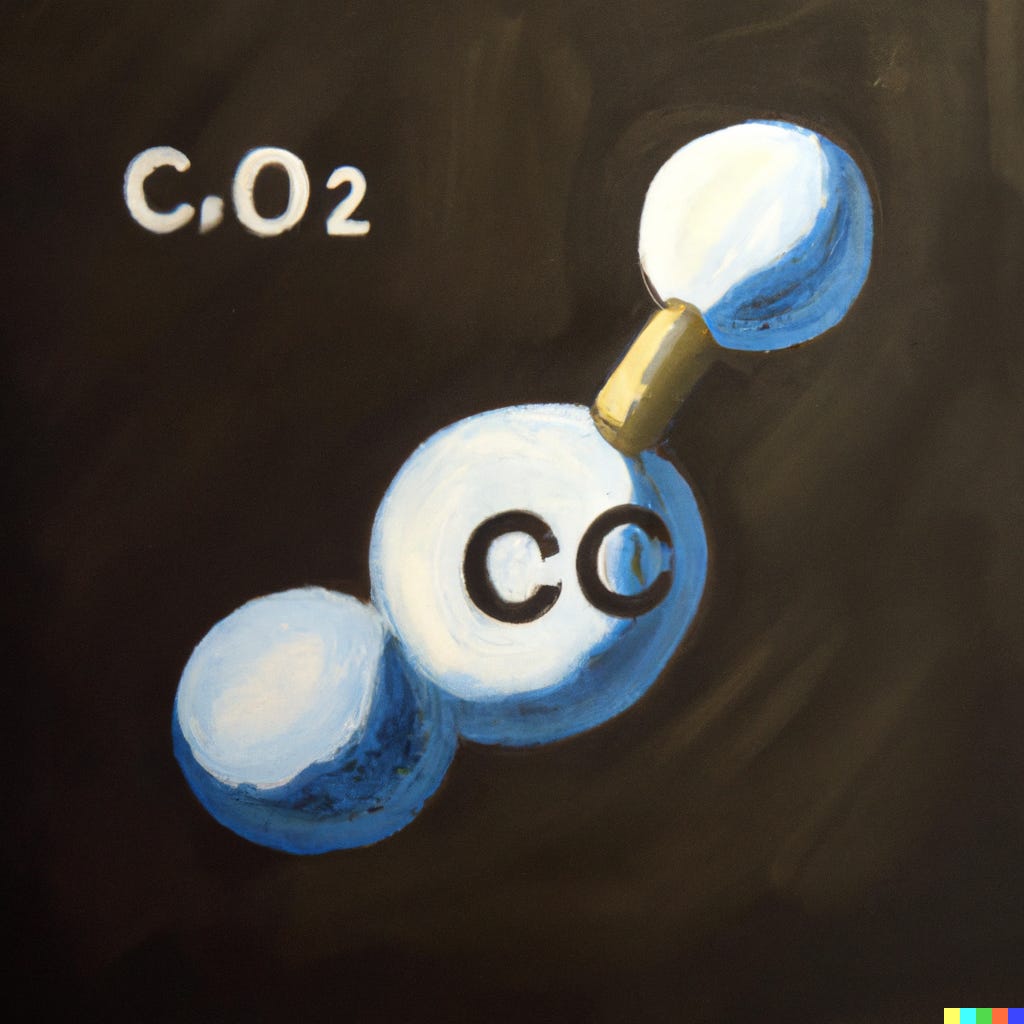
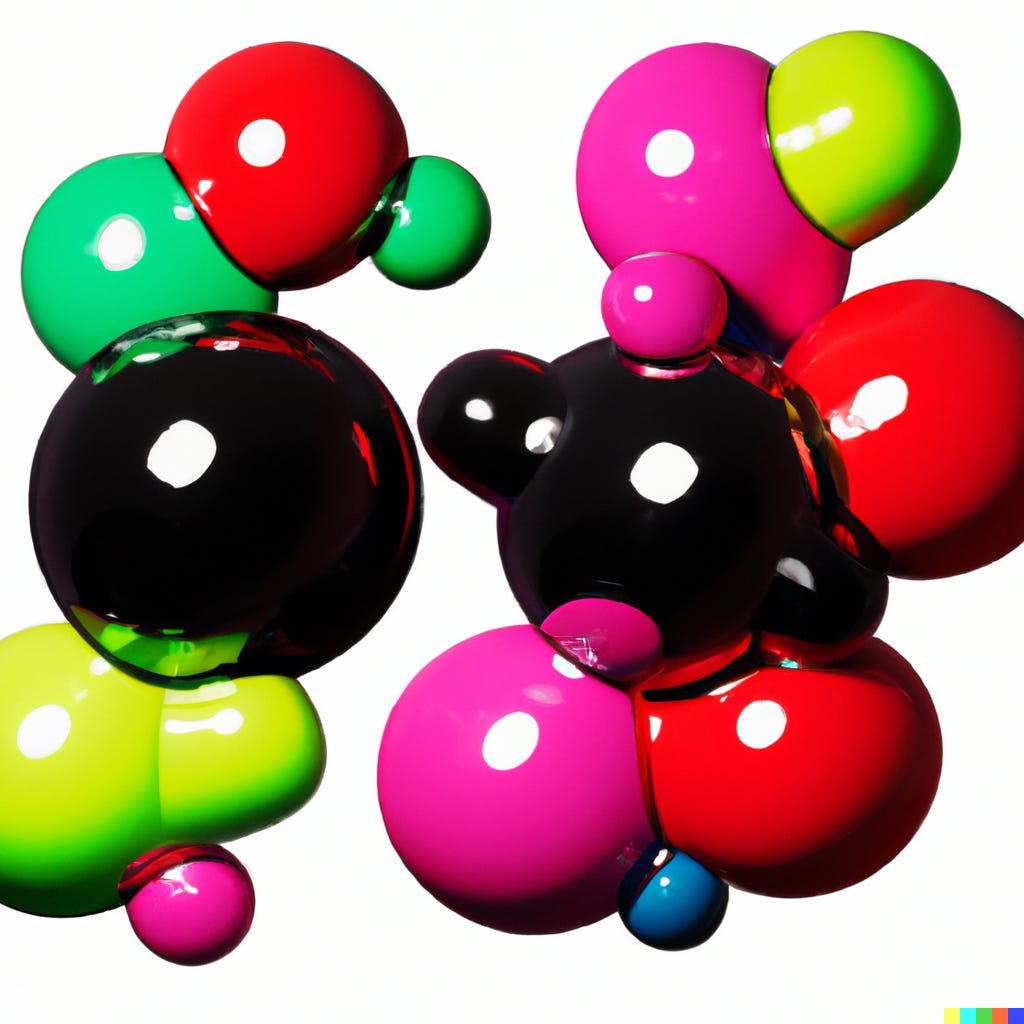
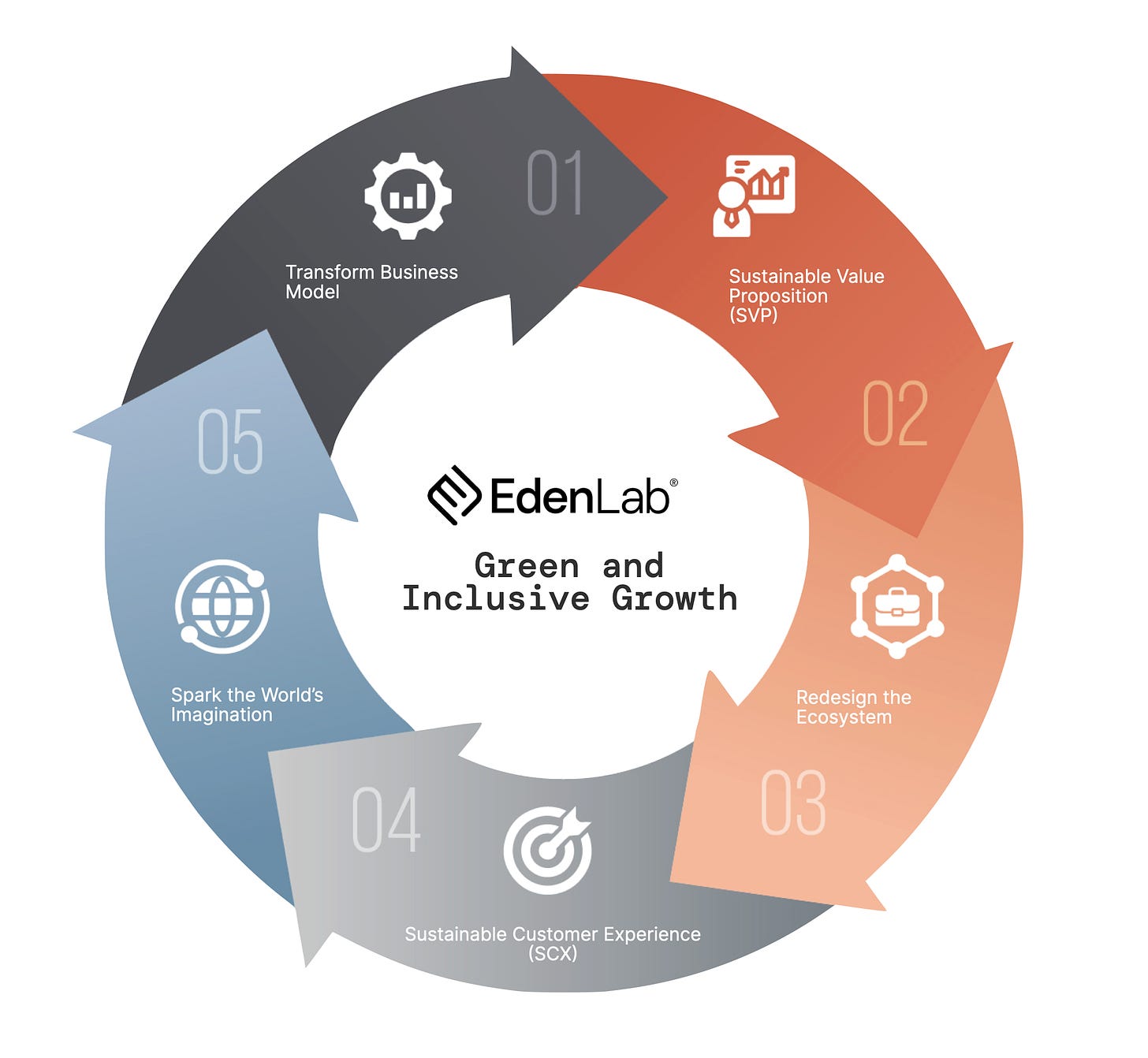
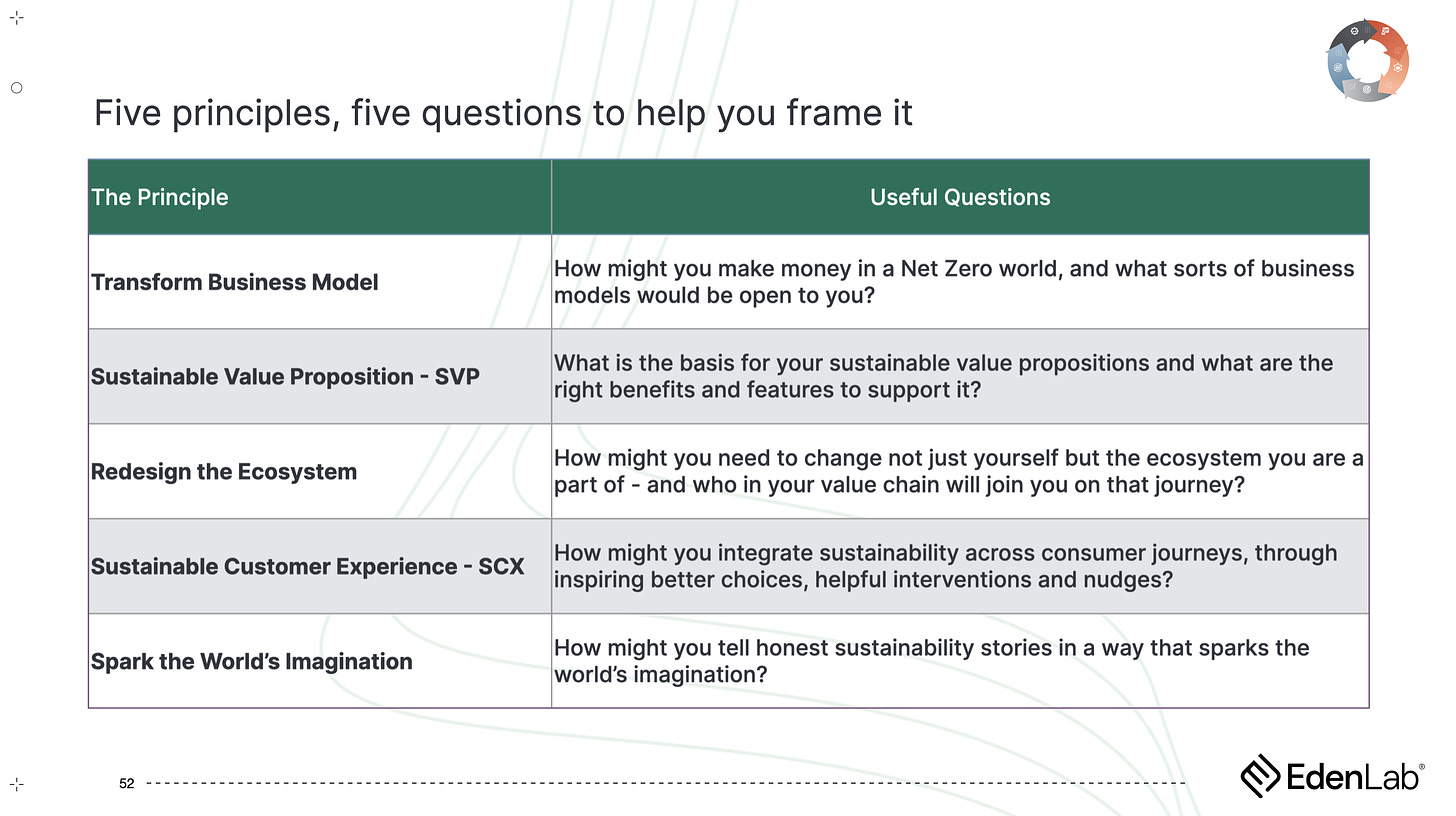
Was just reading this, p33 on future product design:
“The mobile phone handset could be made with 3D printing and have simple circuitry. The outcome would not resemble the latest iPhone, but something like the old Nokia handsets.”
Which then presents an interesting marketing challenge in terms of how to make that simplification a more desirable upgrade after the last 20 yrs of acceleration & dissipated attention.
https://www.centrumbalticum.org/files/5598/BSR_Policy_Briefing_2_2023.pdf